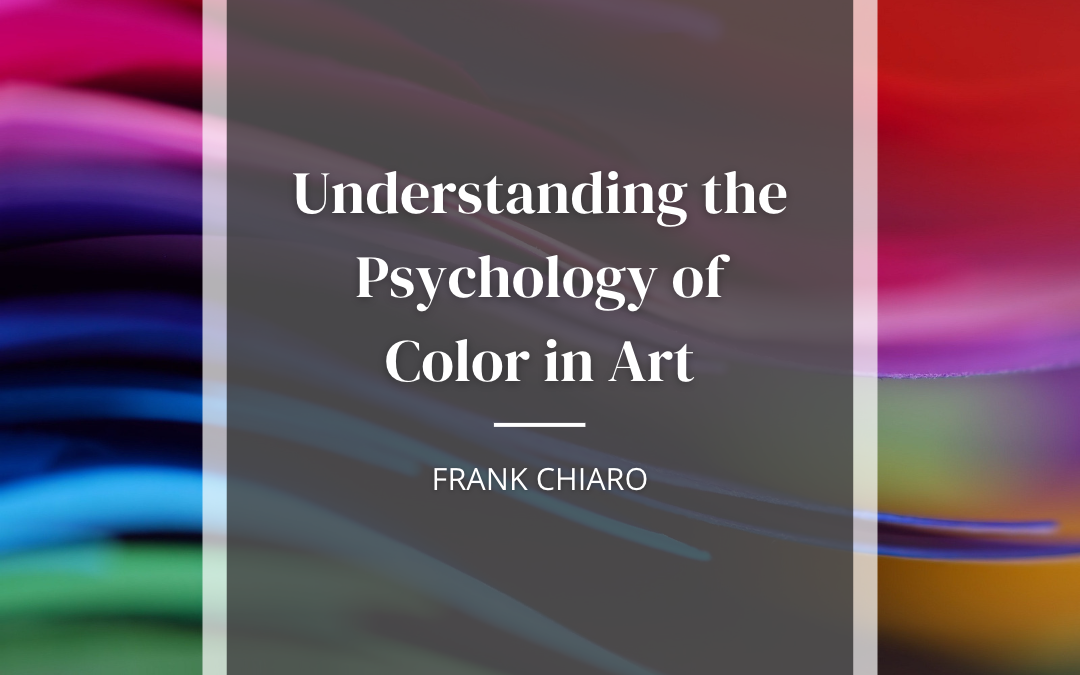From the infinite hues that paint the world around us to the array of pigments artists use to express their emotions on canvas, color has always been fundamental to art. By understanding the psychology of color in art, you can bring life and emotion to the spaces around you. While highlighting how color is used by artists to evoke emotion and create stunning pieces, here is a look into the power of color and its effects on the psyche.
Psychological Effects of Cool Colors
If you’re looking to increase creativity or create a peaceful and calming environment, make use of cool colors. For a stimulating atmosphere, try utilizing purple. Blended from red and blue, purple balances stimulation and serenity, encouraging the brain to become more creative. Light purple is particularly effective in making an environment peaceful and stress-free. To create a relaxing space, consider utilizing green and/or blue. Green is known to be restful for the eyes as the color is focused directly onto the retina, creating less strain. Blue is favored for high-traffic areas where people will be spending a lot of time. It is a calming, serene color that is known to decrease respiration and lower blood pressure, the perfect choice for a bedroom.
Psychological Effects of Warm Colors
Using warm colors like yellow and orange in a space can create an atmosphere of energy and enthusiasm. They have been used to increase energy and appetites but can also increase irritability and anxiety. Red is often associated with power, romance, and ambition and can evoke a feeling of danger or rebellion. Orange is seen as an extravagant color full of enthusiasm and joy but can be linked to aggression and domination. Yellow is often viewed as happy and cheerful; however, it is also used to convey caution and danger. Warm colors can have an immense impact on our emotions and behavior. It is important to be aware of how these colors affect us, as too much of a bright hue can cause agitation and eye strain due to the amount of light they reflect.
Psychological Effects of Neutral Colors
White symbolizes purity and innocence and is used to convey a sense of cleanliness and safety. However, it can also be intimidating and reflective of death in some cultures. Opposite of White, Black is viewed as sophisticated and mysterious in a positive light, yet is often associated with morbidity and death in western societies. Gray is the king of neutrality, representing compromise and peacefulness. Brown, a warmer comforting color, reflects nature and the organic while at times appearing dull and somber.
Colors Affect Our Emotions and Decisions
Since mankind began using pigments, the influence of colors on emotions and behavior has been examined closely in an attempt to understand the effects of color on our psychological state. Color psychology is used in a variety of contexts and across various industries, as the colors, we are exposed to can have an impact on our mental and emotional well-being. Responses to color vary from individual to individual. The context and surrounding colors can also affect how we perceive a particular hue. Similarly, colors can have different associations and meanings in different cultures. Understanding the effects that colors have on us is a key factor in effectively combining colors to create images and designs that convey the emotional response we desire.
